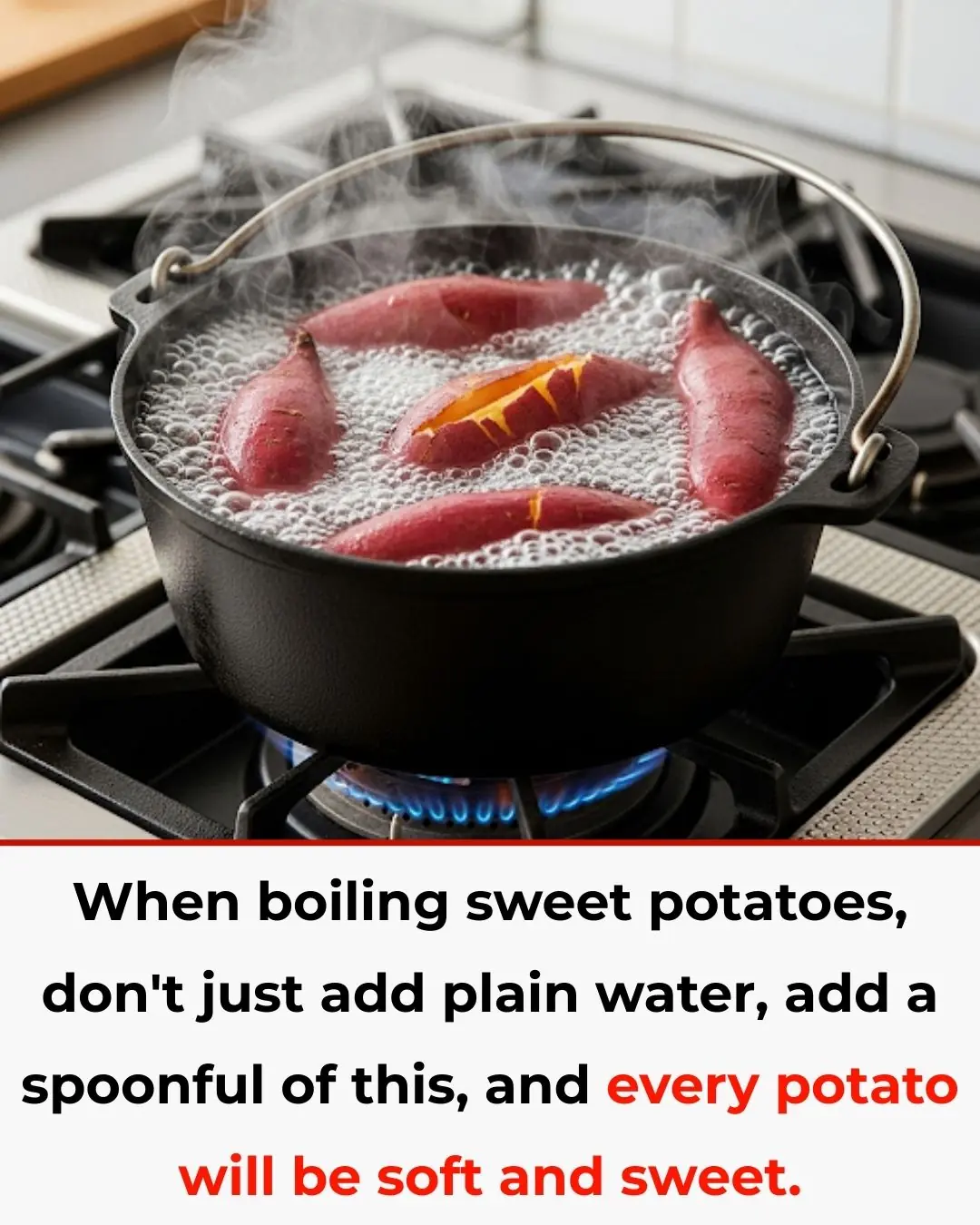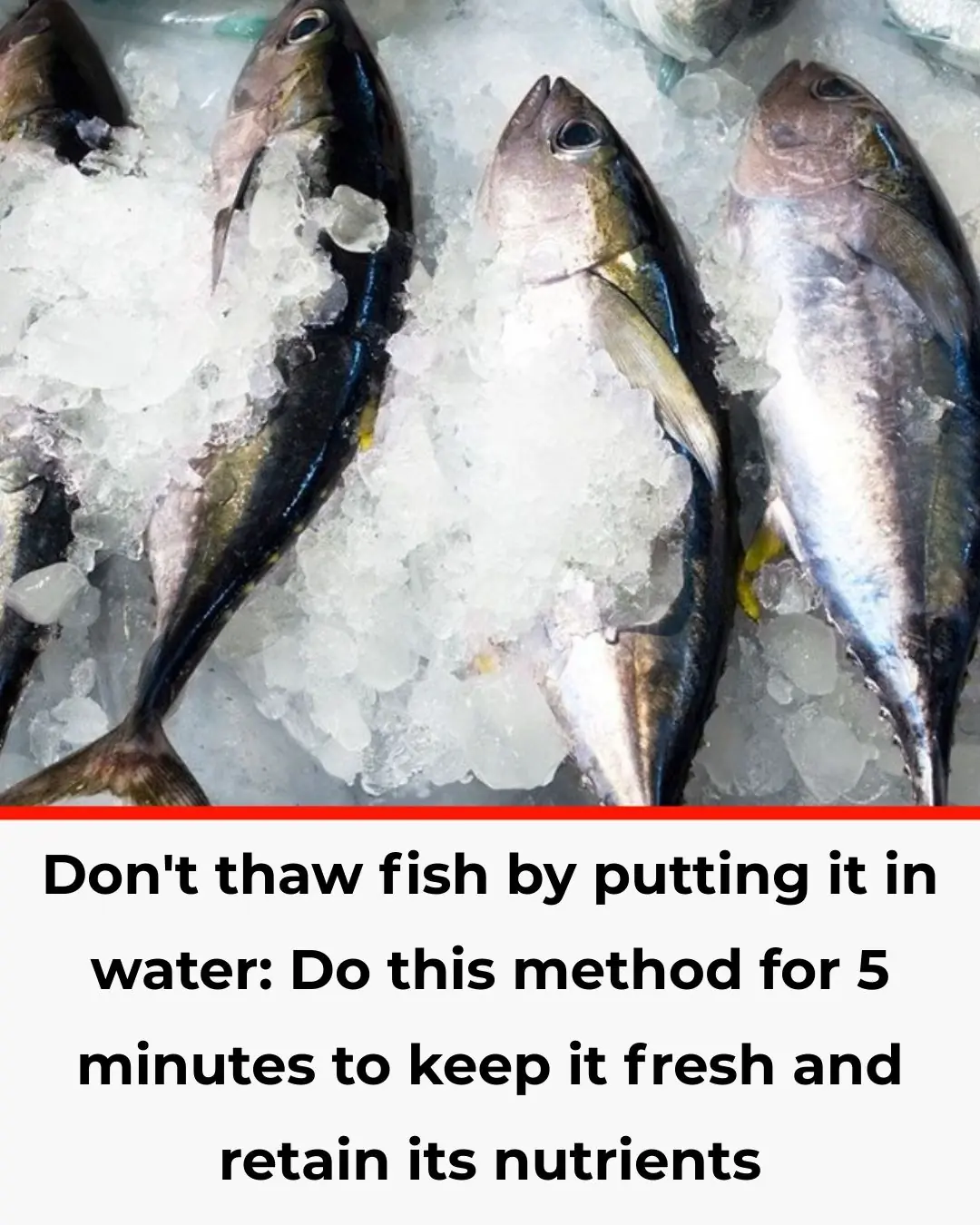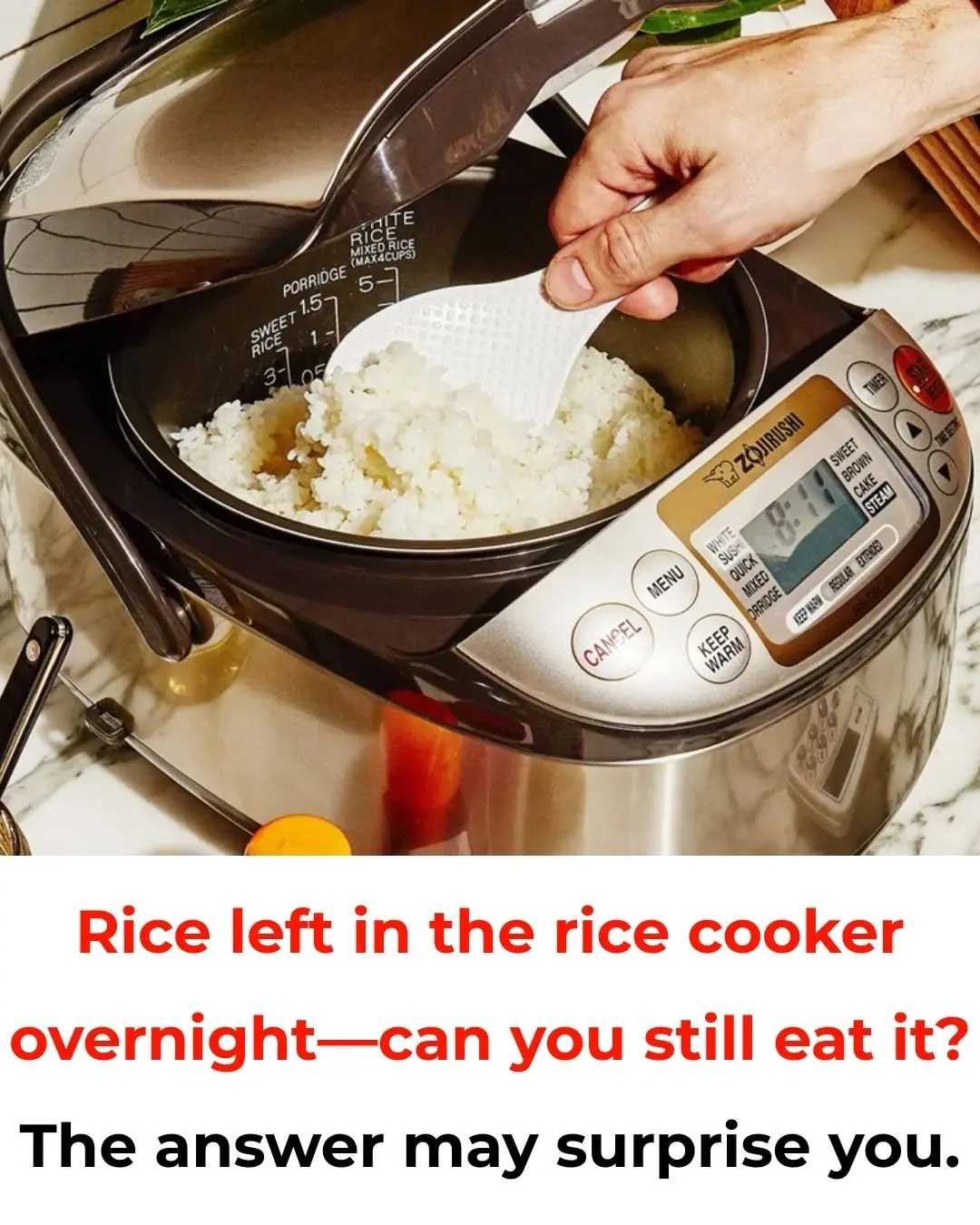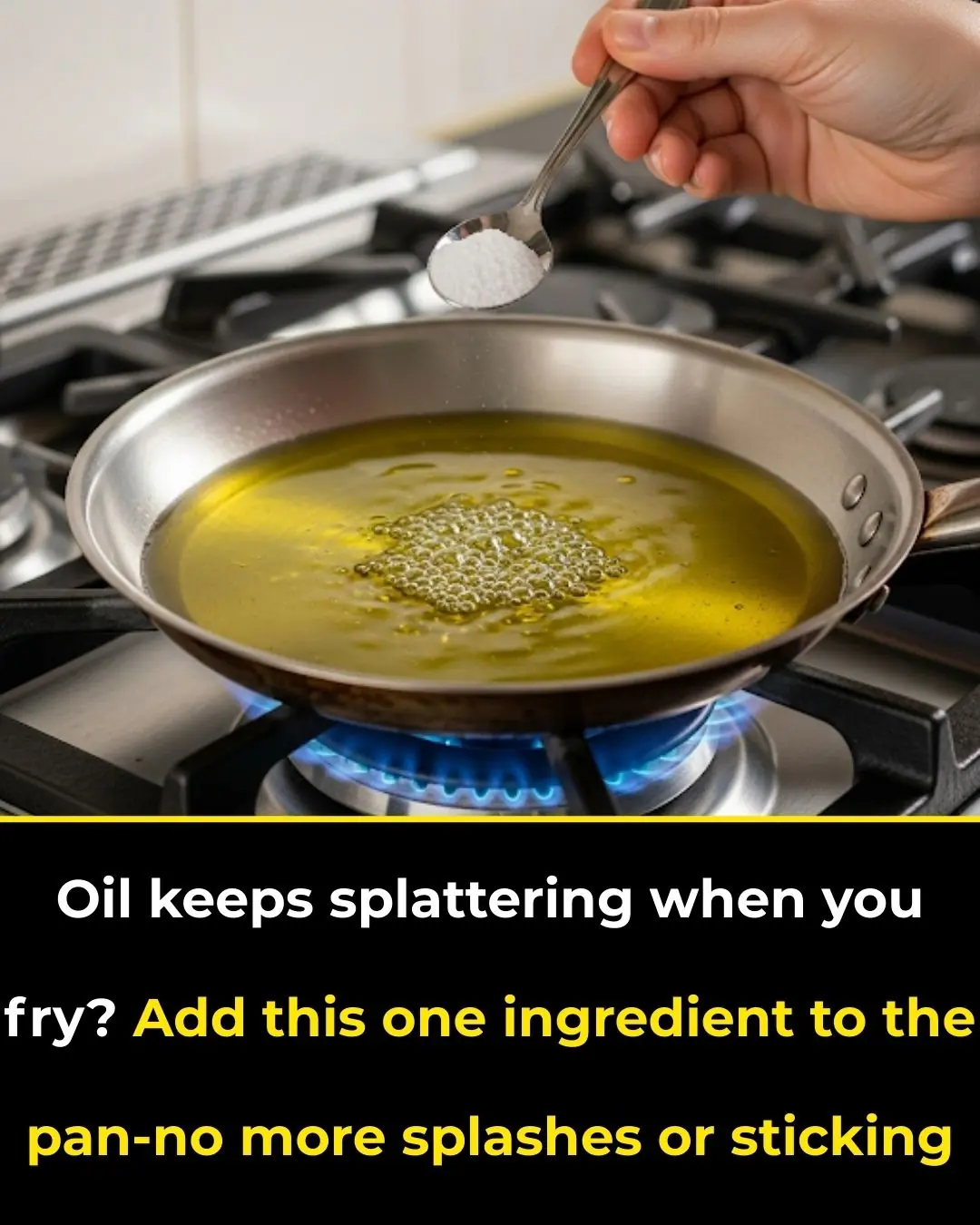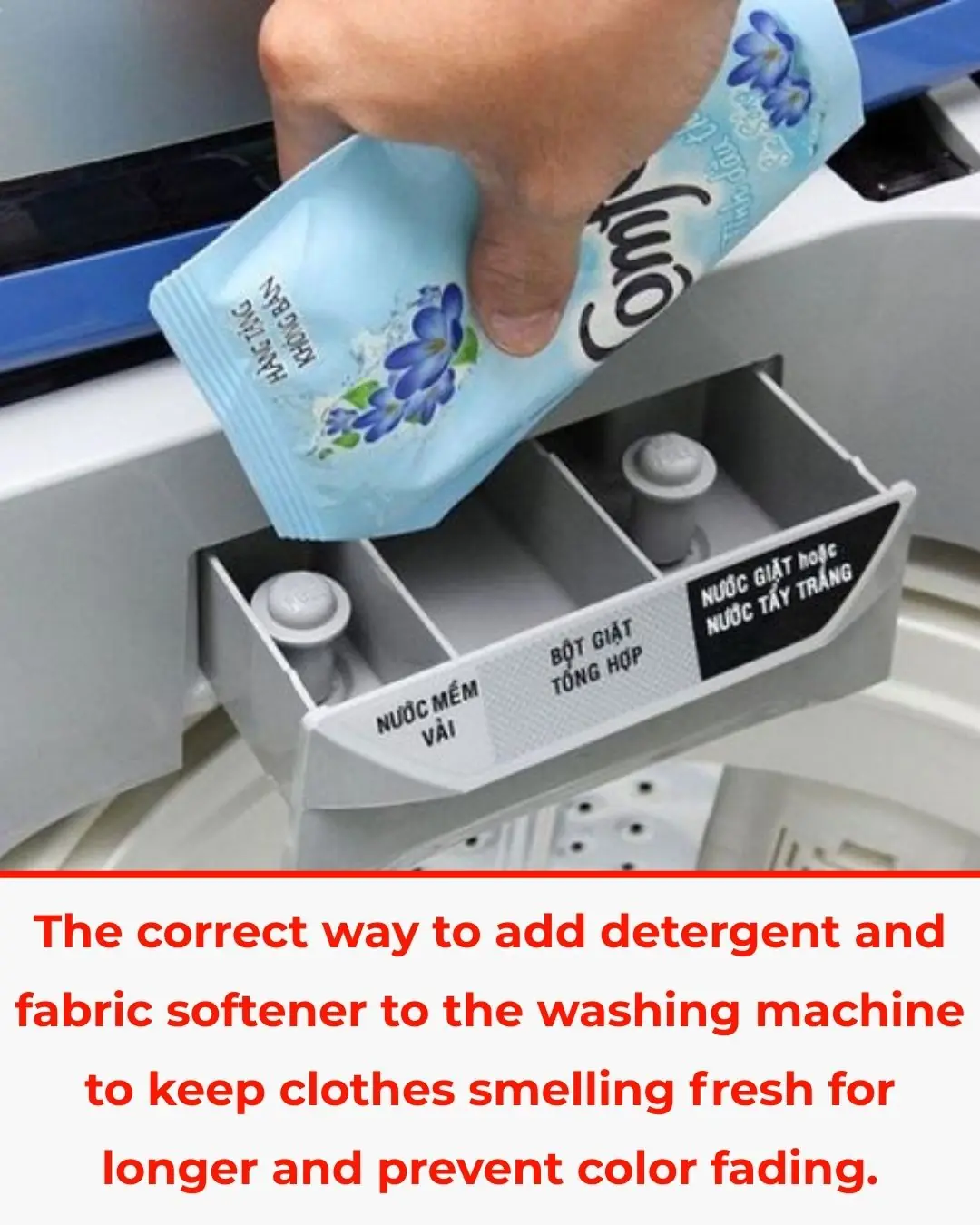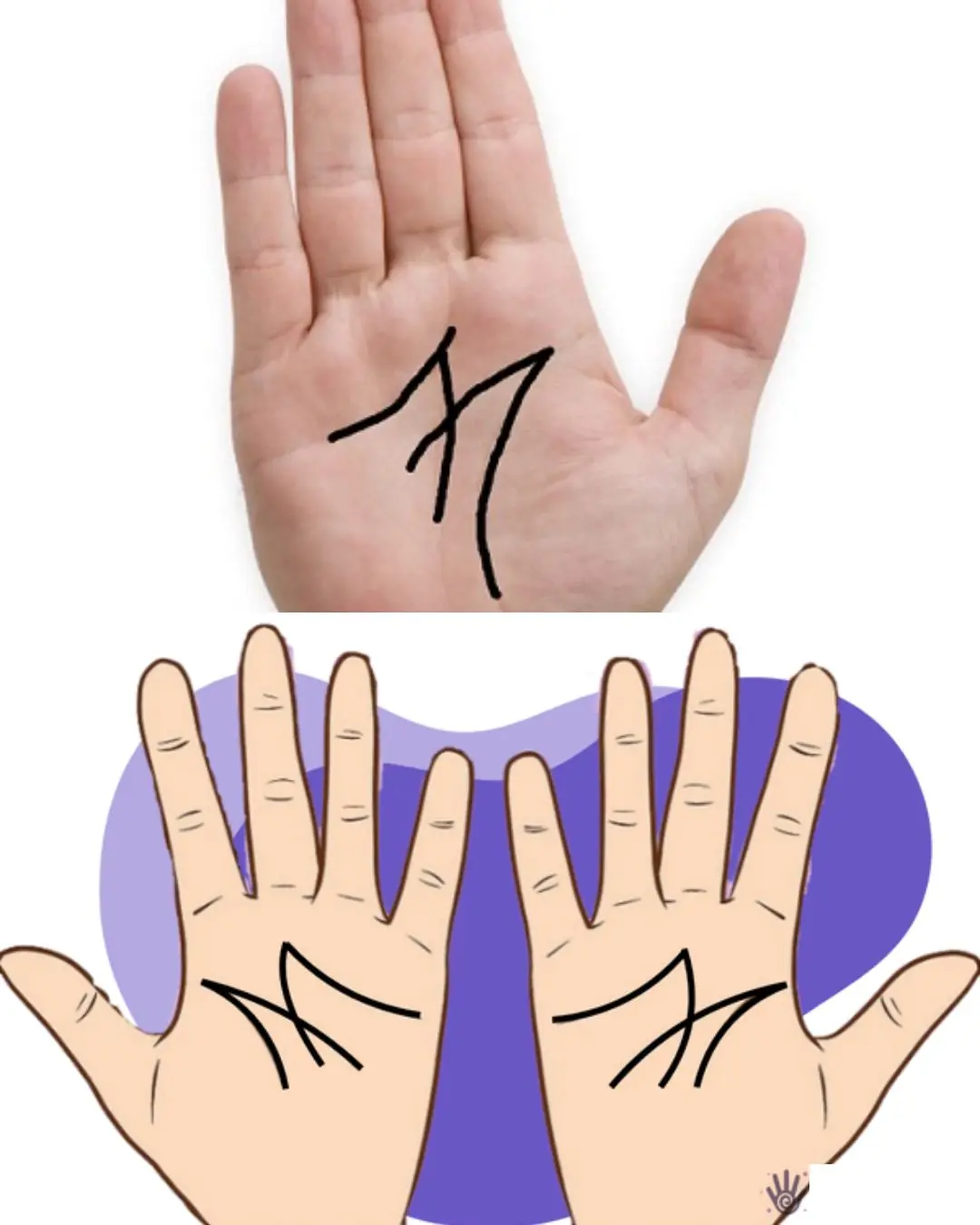Rice washing water (the cloudy liquid after rinsing rice) is rich in starch and tiny amounts of minerals. Instead of pouring it down the sink, turn it into a zero-cost helper around the home and garden. Below is a clear, step-by-step guide with six practical uses, plus safety notes so everything stays clean, simple, and effective.
First: How to Collect & Store It Safely
-
Rinse sequence:
-
Use the second rinse for your projects. Quickly discard the very first rinse if it looks dusty; the second rinse is cleaner and still rich in starch.
-
Strain:
-
Pour through a fine sieve or cloth to remove grit.
-
Storage:
-
Keep in a clean glass jar with a lid.
-
Refrigerate and use within 48–72 hours.
-
If it smells sour or looks foamy, discard (for most uses below).
-
Make cubes:
-
Freeze in ice trays. Rice-water “cubes” are convenient for quick cleaning tasks, laundry starching, and plant care.
Important: Rice water is not a disinfectant. For hygiene-critical jobs (cutting boards after raw meat, baby items, etc.), clean with appropriate methods first; use rice water as a helper, not a replacement for proper sanitation.
1) Gentle Plant Booster (and Leaf Care)
Why it works: The mild starch and trace nutrients can support soil microbes and give plants a subtle lift—when diluted correctly.
How to use:
-
Dilute 1:3 to 1:10 (1 part rice water, 3–10 parts clean water), depending on plant sensitivity.
-
Water the soil only every 1–2 weeks; avoid soaking leaves to prevent film buildup.
-
For leaf cleaning on sturdy houseplants, dampen a soft cloth with highly diluted rice water, wipe gently, then buff with plain water to remove residue.
Tips:
-
Rotate with plain water to prevent salt or starch buildup.
-
If you notice fungus gnats or musty smells, pause and flush the pot with plain water.
2) Pot & Pan Pre-Soak for Stuck-On Food
Why it works: Starch “lifts” cooked-on residues so they release more easily, reducing scrubbing time and detergent use.
How to use:
-
While dishes are still warm (not hot), pour rice water into the pot/pan to cover the stuck areas.
-
Soak 30–60 minutes, then wash as usual.
-
For stubborn caramelization, bring rice water to a gentle simmer for 5 minutes, cool, and scrub.
Avoid: Extended soaking of cast iron or carbon steel (it can encourage rust). For those, use a brief warm soak, scrub, dry thoroughly, and re-oil.
3) Low-Cost Laundry Helper (Pre-Soak + Natural Starch)
Why it works: Starch in rice water helps lift everyday grime during pre-soak and can lightly stiffen fabrics for a crisp finish when concentrated.
Pre-soak for kitchen towels & cloths:
-
Add 1–2 cups of rice water to a bucket of cold water.
-
Soak 30–60 minutes, then launder normally. This step helps loosen oils and light stains so you can use less detergent.
DIY fabric starch for collars, napkins, and tablecloths:
-
Simmer rice water to reduce by about half; cool.
-
Decant into a spray bottle. Lightly mist cotton or linen while ironing for a crisp, professional look.
-
Test on a small area first; avoid over-starching knits and delicate fabrics.
Note: Always launder items properly; rice water is a helper, not a replacement for detergent.
4) Hair Rinse for a Smoother Feel
Why it works: Many people find diluted rice water helps hair feel smoother and easier to detangle thanks to its starchy slip.
How to use (1–2 times weekly):
-
After shampooing, pour diluted rice water (1:3–1:5 with clean water) over hair and scalp.
-
Massage lightly, wait 2–3 minutes, then rinse thoroughly with clean water.
-
Finish with your usual conditioner if desired.
Skin sensitivity guide:
-
Patch-test on the inner arm first.
-
If you have a sensitive or acne-prone scalp, start with a weaker dilution and discontinue if irritation occurs.
-
Do not use if it smells sour; use fresh only.
5) Fruit & Vegetable Pre-Wash
Why it works: The fine starch particles can help lift soil and surface debris from produce.
How to use:
-
Fill a bowl with fresh, cold rice water.
-
Soak firm produce (apples, cucumbers, carrots) for 2–3 minutes, gently rub, then rinse well under running water.
-
For leafy greens, swish quickly in rice water, lift out (don’t pour grit back over them), then rinse with clean water.
-
Pat dry or spin dry before storing.
Important: Rice water does not disinfect. For items requiring stronger hygiene (sprouts, greens for vulnerable individuals), follow established food-safety washing methods and proper cooking where appropriate.
6) Smell & Surface Helper in the Kitchen
A) De-odorizing hands (garlic, onion, fish):
-
Wash hands with soap first.
-
Rinse with rice water for 1–2 minutes and finish with a clean-water rinse. This helps neutralize lingering odors without harsh chemicals.
B) Glass & stainless sheen:
-
Lightly dampen a microfiber cloth with fresh, strained rice water.
-
Wipe glass or stainless, then buff dry with a dry cloth to avoid streaks.
-
Always finish with a clean-water wipe on food-contact surfaces to remove any residual film.
Cautions:
-
Avoid unfinished wood and porous stone (limestone, marble). Starch can leave a film.
-
Never use near electrical switches or appliances; stick to standard dry methods there.
Quick Safety & Success Checklist
-
Freshness first: Refrigerate and use within 48–72 hours; if sour, discard (most tasks need fresh).
-
Rinse after use: On skin, hair, fabrics, and surfaces, a clean-water rinse prevents residue and potential odors.
-
Don’t mix with bleach or strong cleaners. Use rice water alone, then follow with standard cleaning if needed.
-
Label jars: Note the date so you don’t forget how long it’s been stored.
-
Test small areas: For fabrics, finishes, and skin—test first, then scale up.
How This Saves Money (Quietly but Consistently)
-
Less detergent for pre-soaked towels and cloths.
-
Shorter scrubbing time and fewer scouring pads for pots and pans.
-
DIY fabric starch replaces store-bought products.
-
Low-cost hair rinse that can reduce the amount of conditioner used.
-
Produce pre-wash that helps extend freshness by removing dirt before storage.
-
Plant booster that complements regular watering without buying extra additives.
Track your replacements for a month (detergent, dish soap, fabric starch, hair products). You’ll see the small savings add up—without buying anything extra.
Bottom Line
Think of rice washing water as a gentle, multi-purpose helper: mild on plants, kind to cookware, useful for laundry, and convenient for hair care and produce prep. Keep it fresh, dilute appropriately, rinse after use, and test first on sensitive items. With these simple habits, you transform a throwaway by-product into six everyday wins—cleaner home, healthier plants, and less money spent on single-purpose products.


